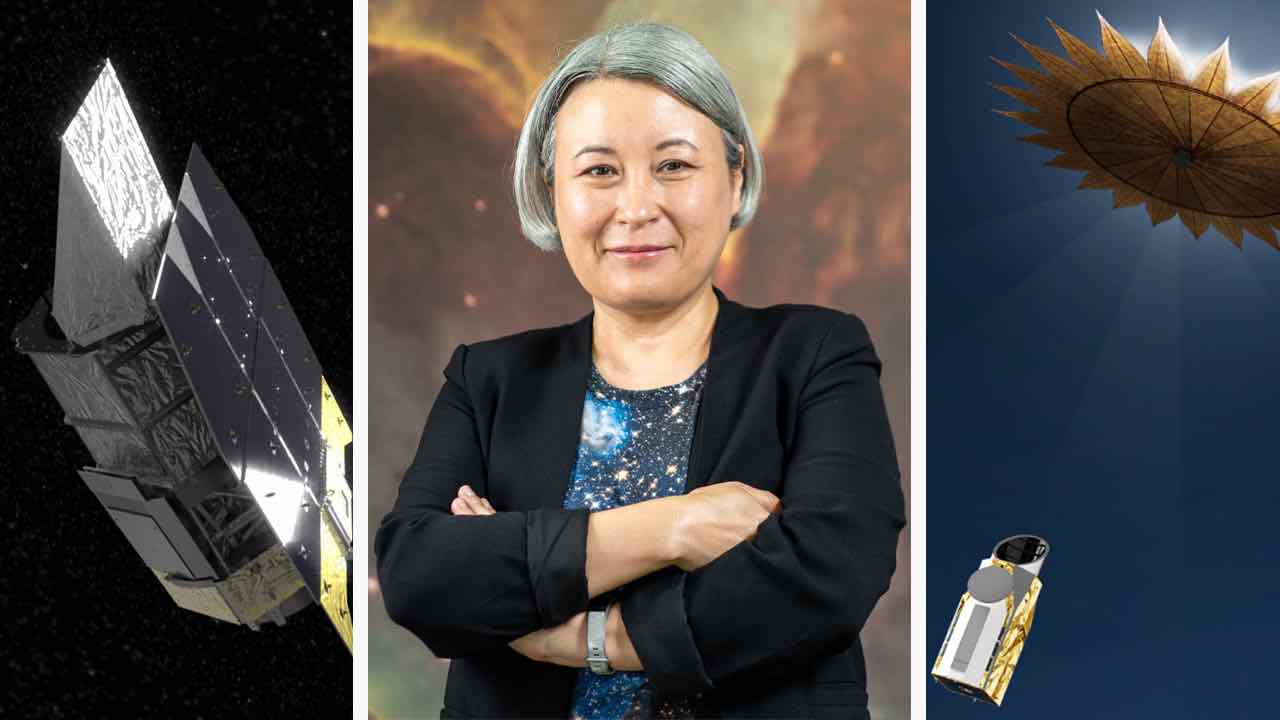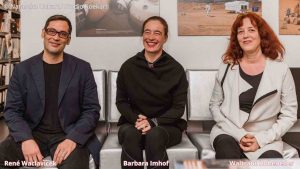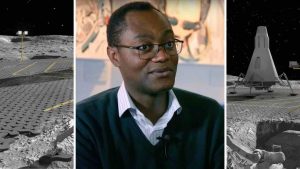
Aki Roberge - kosmomagazine.it
We metAki Roberge, a research astrophysicist at NASA’s Goddard Space Flight Center inGreenbelt (Maryland, USA). From 2020-2021 Roberge was the Deputy Program Scientist for the Nancy Grace Roman Space Telescope. Since 2022 she has been the Associate Director for Technology and Strategy in Astrophysics at NASA Goddard.
TheNancy Grace Roman Space Telescope is a NASA infrared space telescope in development and scheduled to launch by May 2027. Its goal will be to investigate the dark energy, dark matter, exoplanets and infrared astrophysics. Its primary mirror will be 2.4 meters in diameter, while its field of view will be 100 times larger than the Hubble telescope. It is thought it could study about 2.600 exoplanets, millions of galaxies and billions of stars.
How was your passion for Universe – and allover for exoplanets and planet forming disks – born?
I think it can be traced to my love of science fiction, which goes back to when I was very young. The part that fascinated me most was imagining different worlds and new life forms; the apex of this for me is probably Star Trek. The slogan goes, “These are the voyages of the starship Enterprise. Its continuing mission: to explore strange, new worlds; to seek out new life and new civilizations; to boldly go where no one has gone before.” It’s a statement of purpose that works for me also.
What will the “Nancy Grace Roman Space Telescope” be able to see? Will it be a telescope like the Hubble Space Telescope, or will it be different?
Roman is a wide-field telescope, unlike the Hubble Space Telescope and JWST. While light-collecting mirror of Roman is the same size as that of Hubble, Roman’s field of view is 200x larger. That means it can look at 200x as many stars and galaxies in a single observation as Hubble. Thus, Roman is optimized for performing surveys, rather than single deep observations like Hubble and JWST. Roman can perform surveys more than 1000x faster than Hubble, enabling different kinds of science investigations.
Credit: NASA’s Goddard Space Flight Center
Is it true that the “Roman Space Telescope” will be able to see 33 million galaxies and 200,000 stars?
Roman will detect thousands of new exoplanets, measure millions of galaxies, and see billions of stars. In one of its key surveys, Roman will measure the brightness of more than 240 million stars, providing one of the deepest views of the Milky Way bulge every captured. Roman will even see individual stars in other galaxies as far away as 30 million light-years. As part of another key survey, Roman will detect 27 million galaxies a month. This massive amount of data on galaxies at numerous stages of development will build a clear and detailed picture of how different types of galaxies form and evolve.
Why could the LUVOIR Space Telescope revolutionize astronomy? Could you see how planets are born and if life was formed?
The Large UV/Optical/Infrared Surveyor (LUVOIR) was a concept for a future “super-Hubble” space telescope specifically designed to search for truly Earth-like planets around other stars and see if they harbor life. In addition to that monumental science goal, LUVOIR would be able to do a wide range of transformative astronomy observations, spanning all the topics studied with Hubble and more.
In 2021, the US National Academies of Sciences recommended NASA develop a new space telescope with these capabilities, drawing on the LUVOIR mission concept and another concept called HabEx. In 2022, NASA indicated that this mission – called the Habitable Worlds Observatory will be NASA’s next flagship space telescope after Roman. NASA has made plans to take a strategic, focused approach to developing this mission, with activities to mature the concept planned for this year.
Credit: NASA JPL
What do you love about your job at NASA Goddard? What emotions do you feel living on a small planet like the Earth and studying very distant planets?
I absolutely love my job. It’s intellectually stimulating, very varied, and I get to work with a great bunch of talented people. NASA’s goals are inspiring and it’s extremely fulfilling to help advance them.
I’ve always been fascinated by the possibility of other worlds, especially ones with life and ones that Earth life might thrive on. Those are not necessarily the same thing, and theHabitable Worlds Observatory will help us explore that question. I’m optimistic that there is life beyond the Earth – life on this planet is built from the most common elements in the universe and there are vast numbers of planets out there.
But no matter what we find, we know that Earth is a special place, a world with a global biosphere so abundant it dramatically shapes the surface and atmosphere of the whole planet. There are no other worlds like this in the Solar System, and that makes Earth a unique treasure.


